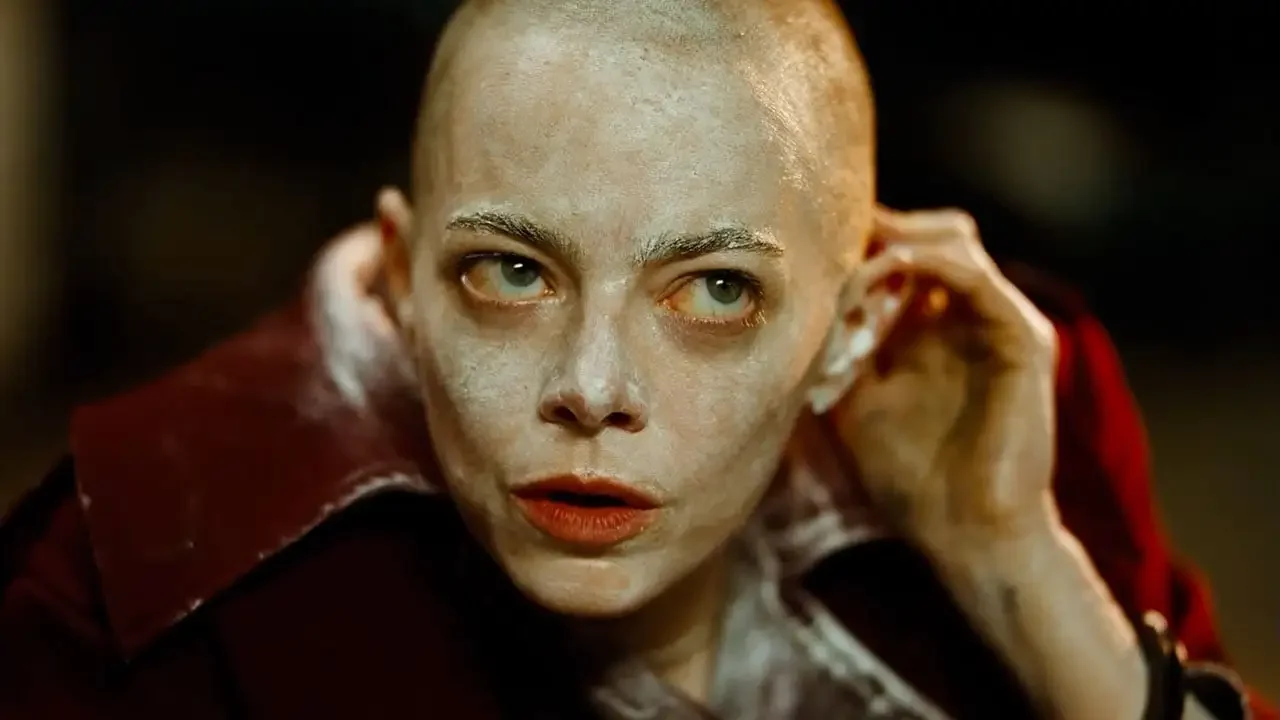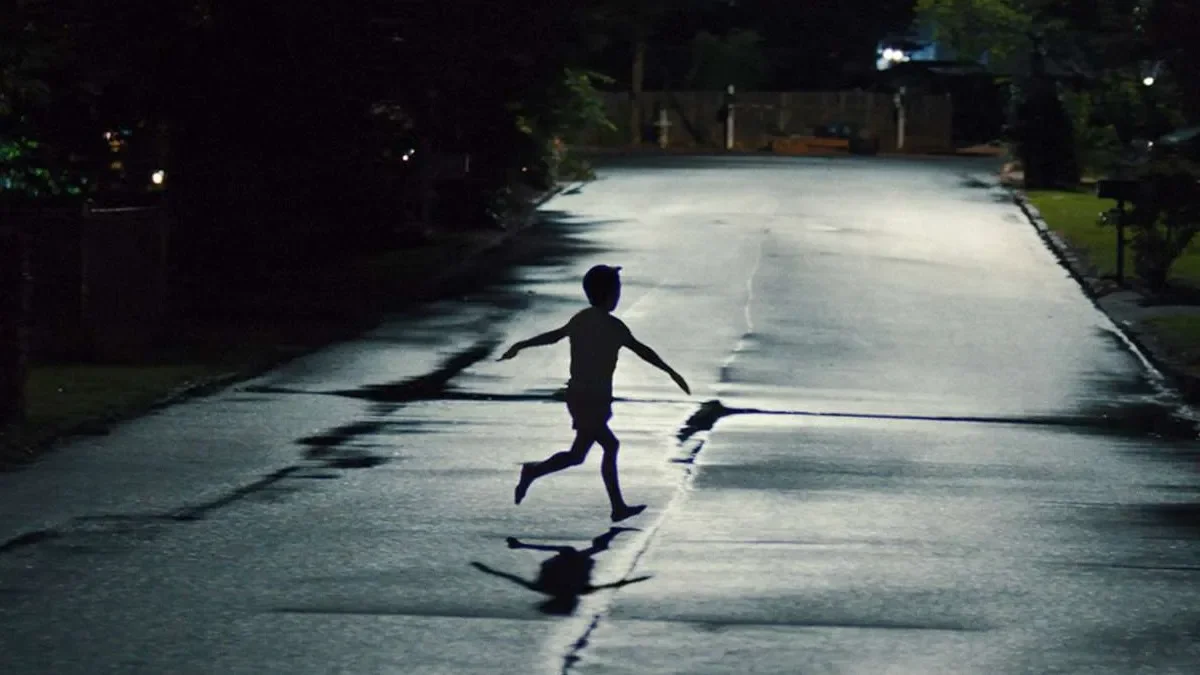A Nightmare on Elm Street
(Wes Craven, 1984)
⭐️⭐️⭐️⭐️ 1/2
“Everyone has a bad dream once in a while.”
Dreams, even the most calming and soothing ones, are rather of terrifying when you really think about them. Your body shuts down to rest, and you are locked into whatever projection your subconscious minds wishes to inflict on you. There is no choice in the matter. Dreams are not avoidable. You have to dream for the sake of your own physical health. Bad dreams are part of the deal. They cannot be avoided, and you cannot tell your brain to “turn them off”. You never know when the creepy skeletons in your mind’s closet are going to come out and make a night’s sleep a disturbing experience. Director Wes Craven took this concept, the idea of a horrifying force “attacking” you while you are dreaming, while you are at your most vulnerable, and used it to deliver 1984’s “A Nightmare on Elm Street” to film audiences.
Like other great horror films before and after, “A Nightmare on Elm Street” starts by playing with the audience’s expectations. The film opens with its attention on Tina Gray (Amanda Wyss), thus making us think she is going to be the main character. The rug is then pulled when Tina is brutally murdered while dreaming and becomes the first victim in the film. The true focus shifts to Tina’s friend Nancy (Heather Langenkamp). Nancy is a normal teenage girl living in a normal suburban community in a house on a normal sounding street name. Craven really tries to emphasize this point by making her house have a red (The roses), white (The paint on the exterior), and blue (The front door) color scheme. Nancy, the avatar for suburban normalcy, someone who should just blend in and not cause any trouble, becomes the protagonist, and eventually the final girl. This normal girl will have to deal with whatever is happening on Elm Street.
Nancy does have the help of her boyfriend Glen Lantz (Johnny Depp) from time to time. They try deal with Tina’s murder being blamed on Tina’s boyfriend, Rod Lane (Nick Corri) since he’s in the room as Tina is attacked. Case closed, right? It could not be a supernatural force that killed Tina in her sleep. Rod is the only explanation the police need. It does not matter that Tina was experiencing nightmares or that Nancy starts to experience similar nightmares. The police are not going to believe a bunch of high school kids, especially when all the evidence points to Rod being a murderer.
Something on a supernatural level, however, is dangerously wrong on Elm Street. That something is Fred “Freddy” Krueger (Robert Englund), a terrifying boogeyman who initially haunts Tina and then turns his attention to wrecking Nancy’s peaceful subconscious. The audience will soon learn why Krueger has a supernatural grudge against the children of Elm Street. They will also learn why Nancy’s alcoholic mom Marge (Ronee Blakely) and father Don (John Saxon), a police lieutenant, do not want to accept Nancy’s explanation of what is happening. The two do not want to hear a man with a glove made of knives and wearing a red and green sweatshirt is the source of all the trouble.
Because “A Nightmare on Elm Street” is a movie about attacks happening in a dreamscape, Craven is able to take what seem like normal and mundane scenarios, such as the suburban neighborhood or a high school, and implement disturbing and chilling imagery. He bends the audience’s expectations and blurs the lines of what is happening in reality, and what is happening in a dream. The question of real or dream keeps the audience on their toes due to the rising tension, which is amplified by Charles Bernstein’s score. This plays hand in hand with the film’s overall theme of being attacked when and where one is most vulnerable. If the audience lets its guard down just for once, much like the characters falling asleep even for a few moments, the film or Freddy can pop up and wreak visual havoc.
The fear of being attacked when you are at your most vulnerable is not the only exploration of fear in “A Nightmare on Elm Street”. There is a constant fear of not being believed, especially when it comes to the high school aged characters in relation to their parents. No adult will stop and listen to what Nancy says until it is too late. Why would they? They are adults. They know better, right? Nancy is a traumatized teen who just saw one of her best friends murdered. The adults have all the explanation they need, and there is no reason to listen to some mumbo jumbo about a boogeyman attacking kids in their sleep. Craven smartly makes Nancy’s father a police officer, further emphasizing the authority of the adults being final and not wavering when it comes to an alternative explanation for the murders. This fear only grows when it becomes apparent the sins of the adults and what they did to Krueger is the real reason all of the murders are happening.
While some of the effects might look dated, especially towards the end, and its many sequels and imitators might have diminished the name, “A Nightmare on Elm Street” remains a top-tier horror classic. Craven uses a level of creativity and thought well beyond the other slasher films of his time. Freddy might have become a cartoon character in later films, but he is genuinely disturbing in this particular entry. He find a formidable opponent in Nancy, who, despite all those around her, rises to the occasion to deal with the trauma and the nightmare her parents have afflicted on her and her friends.
This review is part of my From the Vault series showcasing movies of the past I have decided to visit or revisit and review.





“Predator: Badlands” makes an actual Predator its protagonist in a story about overcoming one’s toxic family.